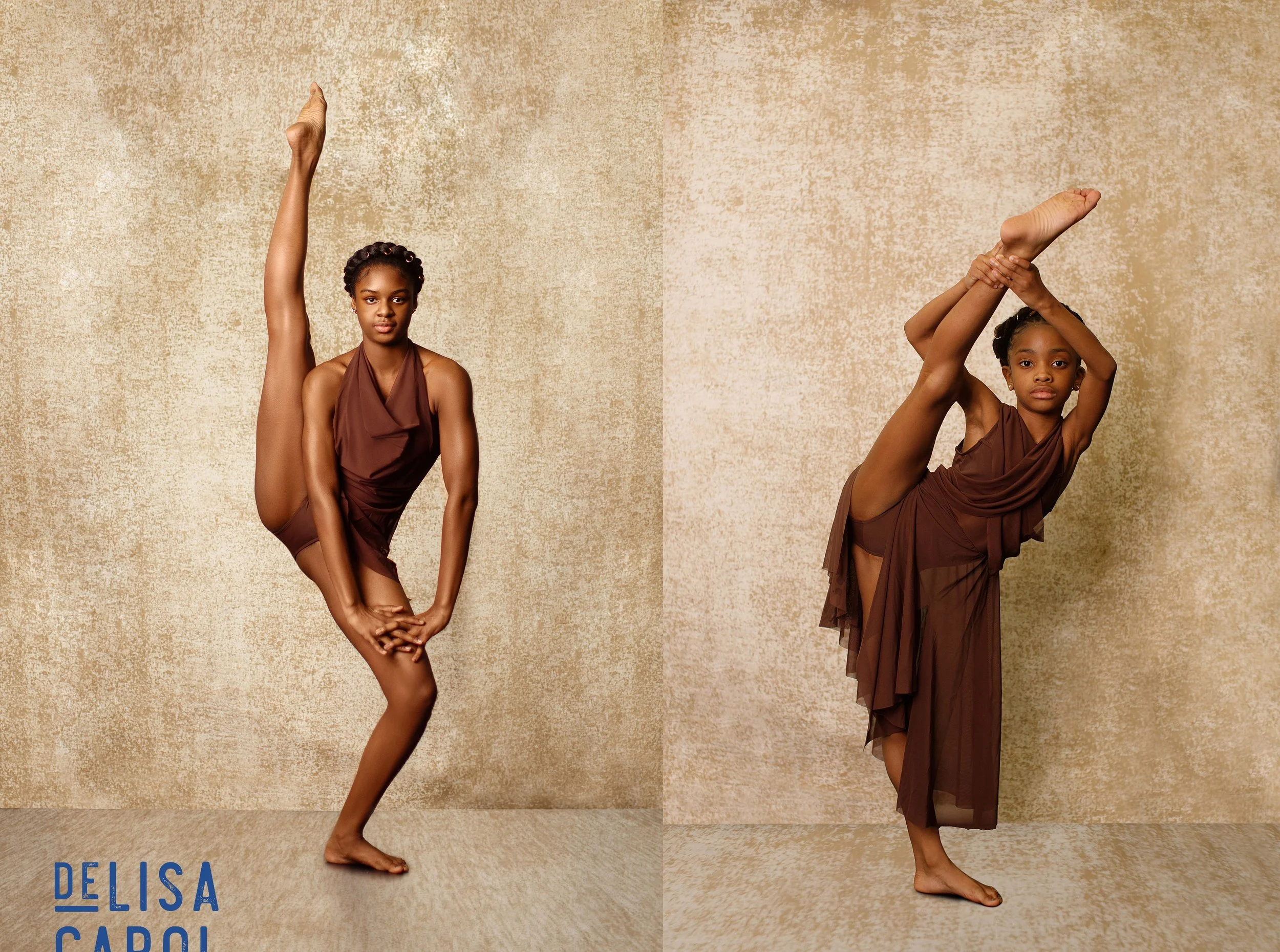I recently had the honor of being featured in a LinkedIn blog post by my company, Woman of Window Nation, where I shared insights into my journey as a leader in the role of Creative Director. The experience prompted me to reflect on my path to leadership, the lessons learned along the way, and the values that guide me in my professional endeavors.
Initially, the prospect of transitioning into management was daunting. I grappled with feelings of inadequacy, believing that I needed to have all the answers before assuming a leadership role. However, I received invaluable advice from a supportive mentor who encouraged me to trust in my existing skills and embrace a mindset of continuous learning. This pivotal moment not only shaped my approach to leadership but also instilled in me a sense of confidence to navigate the challenges ahead.
As I reminisced about my career journey, certain milestones stood out, particularly my experiences leading creative campaigns in esteemed organizations such as TruStage Life Insurance and GEICO. One project, in particular, stands out in my memory – the collaborative effort to develop 360-degree advertising campaigns. Beyond achieving tangible results, what truly resonated with me was the camaraderie and shared dedication that characterized our work. However, I also came to recognize the importance of maintaining a healthy work-life balance, as excessive commitment took a toll on my personal relationships.
When it comes to mentorship, I've always adopted a non-traditional approach. Rather than relying on a single mentor, I prefer to seek guidance from a diverse network of advisors – individuals whose varied perspectives enrich my growth journey. This philosophy of mutual learning and collective wisdom has been instrumental in my professional development.
As someone who often finds themselves in the position of being the first or the only individual with a particular background, I recognize the significance of representation and role modeling. This realization has fueled my commitment to inspiring and empowering others, especially aspiring women in the workplace. My advice to them is simple yet profound – "Just do it."
In celebrating my feature on the LinkedIn blog, I am reminded of the multifaceted nature of leadership – a journey marked by resilience, self-discovery, and the relentless pursuit of excellence. It is my hope that my story serves as both inspiration and encouragement for others embarking on their leadership journeys.
To read more about my insights and journey as a leader at Window Nation, you can find the full article here.












